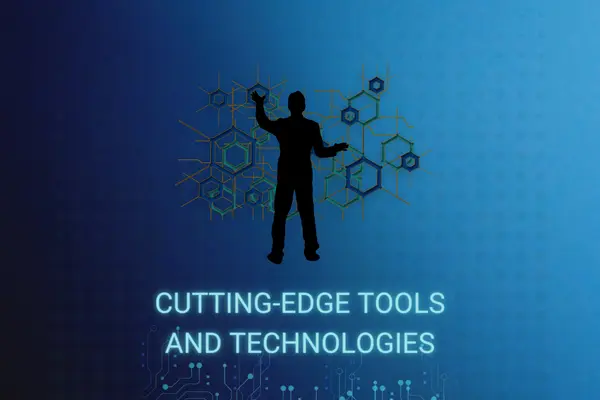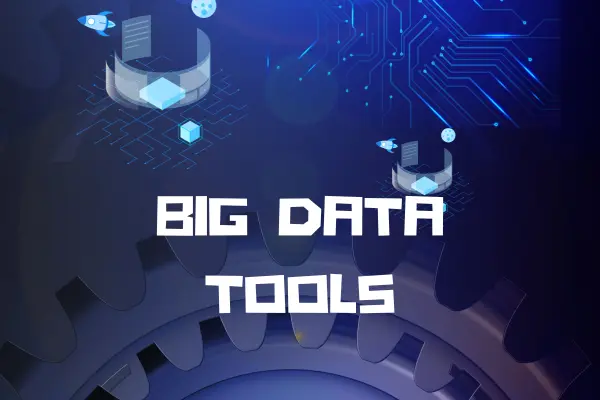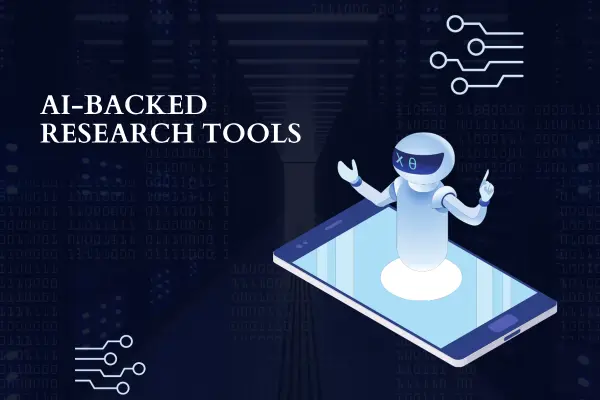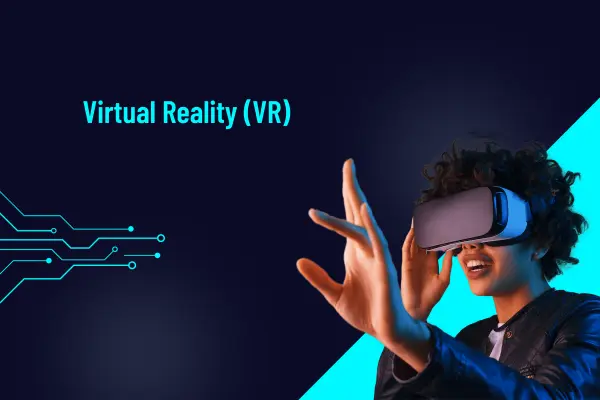As you are well aware, research is a constantly evolving field. And as technology continues to grow as well, researchers across the globe always find themselves in the lucky position to try out new tools in their day-to-day ventures. At the same time, however, the rapidly changing landscape could pose a significant challenge to this cohort.
Table of Contents
Untangling the Research vs. Technology
Is it possible for researchers to keep up with the lightning-like speed of modernization? At any given point in time, are they using the most efficient methods to carry out their research?

These are but two of very many questions that a researcher worth their weight in gold must ask themselves. Thankfully, we are here to break it all down. In this write-up, we delve into some of the cutting-edge tools and technologies available to researchers. Best believe it – the latest devices are all geared towards improved accuracy and efficiency, which translates to improved productivity.
Big Data Tools
As a researcher, you are pretty much hands-on with traditional data. Small to medium-sized datasets are typically structured and easy to manage and analyze. With big data, however, it becomes a different ball game.
As its name lets on, big data is vast, has velocity (in terms of the speed of generation), and comes in different types of formats that could be structured, semi-structured, or unstructured altogether. If you’re looking to be accurate and effective in the management and analysis of such datasets, big data tools come into play.

MongoDB is such a tool, one that has become increasingly popular within the field. As a non-SQL database program, MongoDB is perfect for querying and storing large sets of data regardless of format.
Apache Spark is another example of a big data tool that has come to the aid of many a researcher. Often used for data mining and machine learning, the distributed processing program uses optimized query execution and in-memory caching to analyze data of any size.
AI-Backed Research Tools
Artificial intelligence (AI) is seemingly everywhere nowadays, and it is no different in research. If you have some form of intuition, you must have known that this was coming.

AI-powered tools have come in quite handy, especially in terms of automating tasks that were previously manual. We’re talking literature review, data cleaning, generation of hypothesis; you name them.
Code Ocean, an AI-powered tool, has become a darling to many in the world of computational research. The computational reproducibility platform allows developers and researchers to discover, share, and run code published in conferences and academic papers. Access to published data is free for everyone, a move that makes the platform suitable for benchmarking among peers.
Semantic Scholar is yet another AI-backed research tool. With it, scholars are able to access information that is most relevant to them in their scientific endeavors, as opposed to the traditional method of poring through hundreds of scientific papers while conducting research. What a way to overcome information overload, don’t you agree? Semantic Scholar summarizes scientific literature, allowing a researcher more efficient navigation.
Importance of Cloud Computing in Cutting-Edge Tools and Technologies
It is no secret that cloud computing has been a popular tool for individuals, businesses, and other organizations for a while now. People have been using the cloud for storage, backup, and audio and video streaming, to mention but a few.
In research, what cloud computing offers is access to on-demand yet formidable resources. These powerful resources make light work of simulations, machine learning, and other similar or more complex intensive tasks.

If you have not been living under a rock for the past few years, you must be familiar with Amazon Web Services (AWS). As Amazon itself affirms, the innovation arm of research calls for rapid experimentation. Researchers, therefore, need access to tools that enable them to do precisely that, and that’s what AWS offers.
With AWS, researchers can analyze big data, securely store it in petabytes, and exploit the technologies of quantum, machine learning, and artificial intelligence. In addition to being a cutting-edge tool, AWS, as an interested partner, also offers funding and training to researchers across the globe as they collaborate to innovate their way to the next technological evolution.
Virtual Reality (VR)
At one point or another, you must have interacted with virtual reality technology for recreational purposes. But did you know that VR offers so much more? By substituting the physical landscape for a virtual one, this technology gives researchers more control over their experiments.

Simply put, VR gives scientists the ability to create entire worlds that they can then interact with safely and with the comfort of their smart devices. The technology allows for the creation of 3D representations of complex datasets, allowing an in-depth and detailed analysis.
As you know, it is possible to record your VR activity, especially when giving verbal insights and explanations regarding the ins and outs of your experimentation. In an era where research material has gone global, you may want to convert that video into text, and probably have that text translated into multiple languages. GoTranscript US has got you covered in that regard, offering readily accessible video-to-text transcription services.
Augmented Reality (AR)
Admittedly, it is relatively common to find people using virtual and augmented reality interchangeably. The truth, however, is that the two are distinctly different technologies, despite bleeding into each other at some point.

While virtual reality replaces your vision, what augmented reality does is add to it. AR overlays digital info onto the real world, allowing researchers to visualize their experiments and collect data in real time.
Conclusion
As has come out clearly within this text, technology plays a major role in modern-day research. To set themselves apart from the competition and peers, researchers need to familiarize themselves with emerging tools and technologies.
AI is a major player in this field, as are big data tools, virtual reality, cloud computing, and augmented reality. And in truth, these are just but a few of the many emerging tools in research. Thankfully, researchers are constantly seeking knowledge, and, as such, we find it difficult to believe that they’ll be left behind as their world changes right before their eyes.
